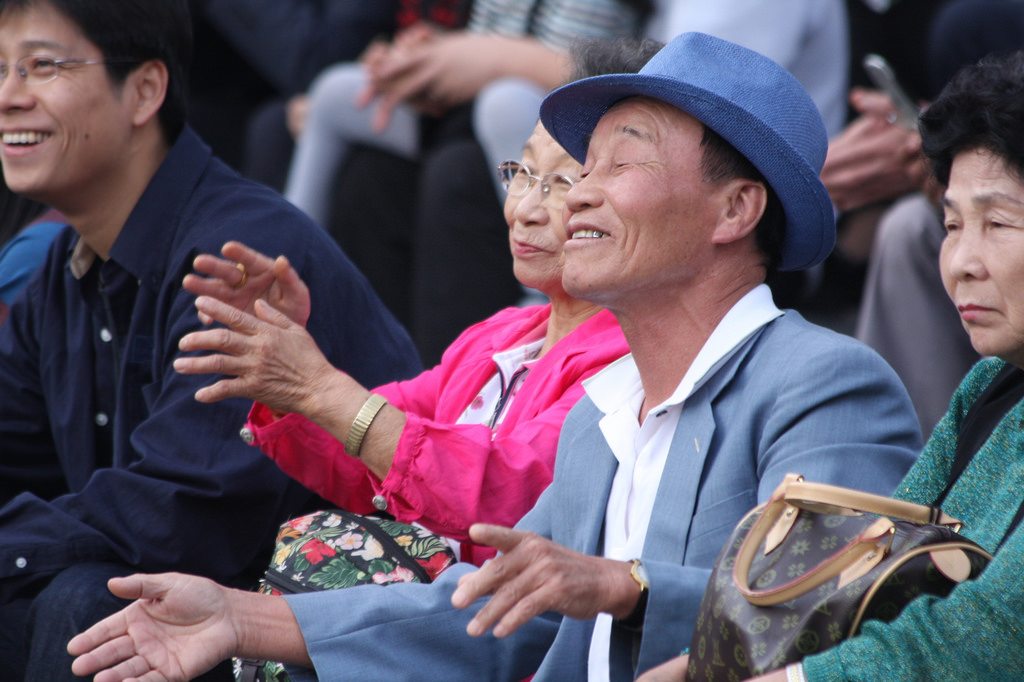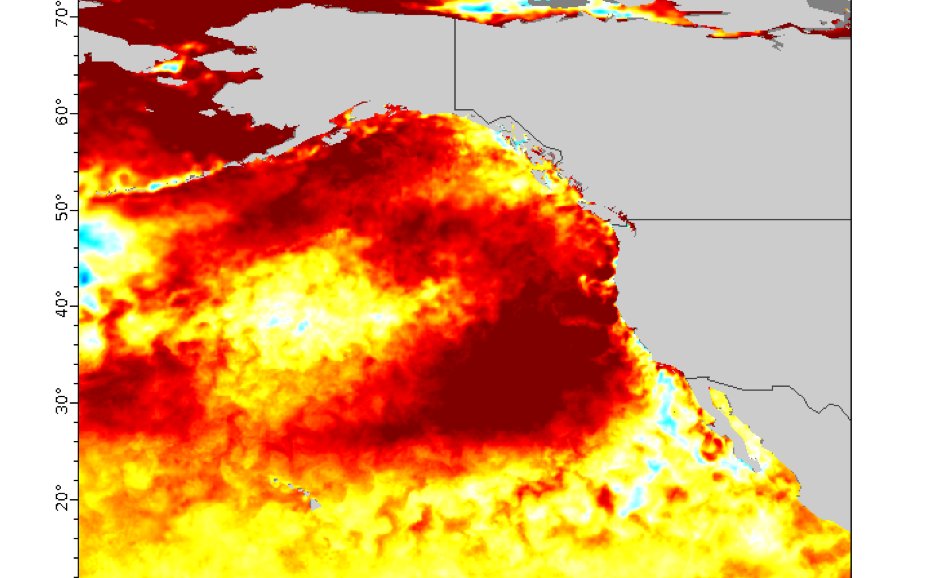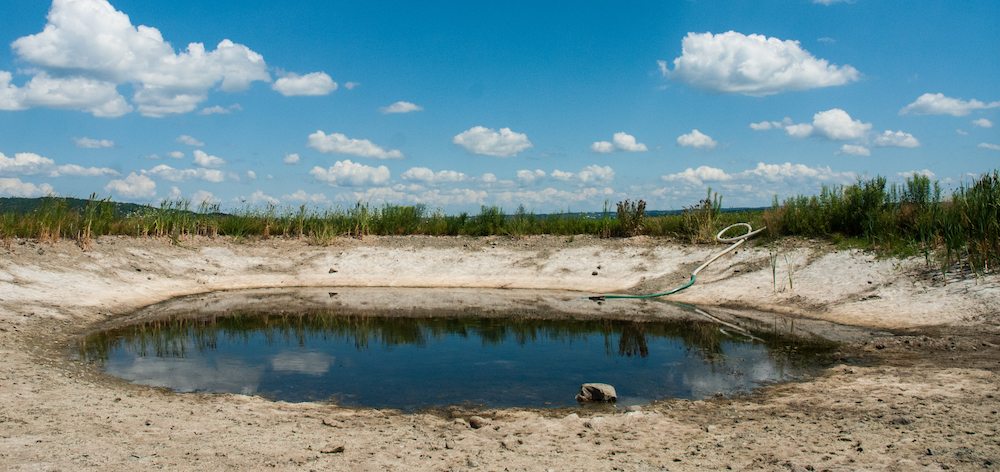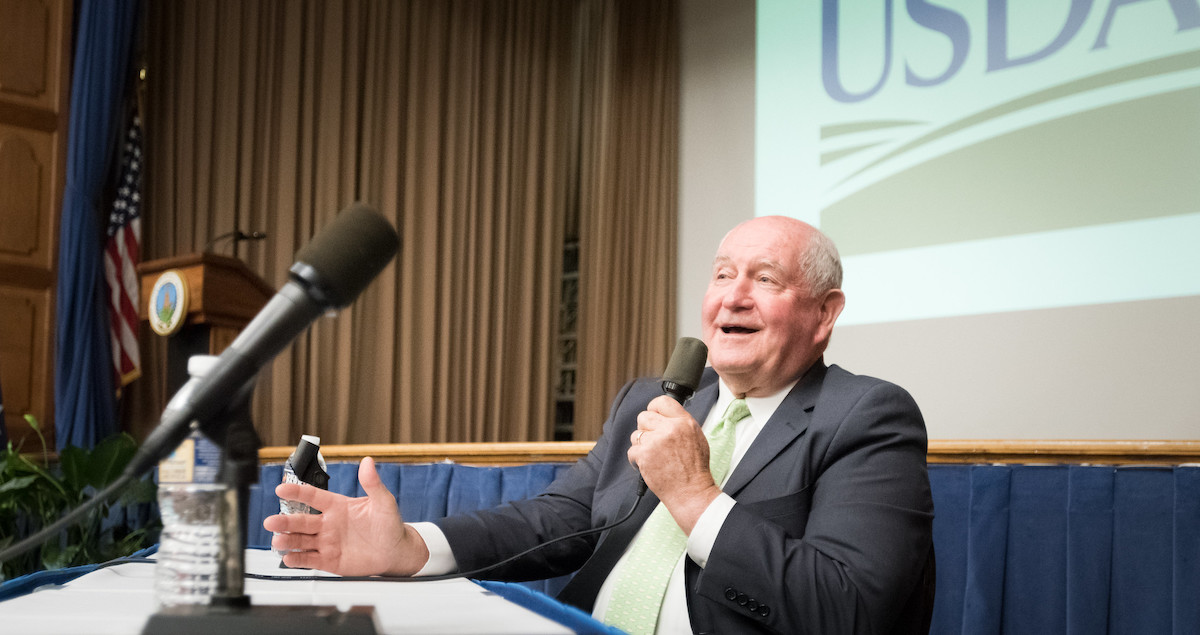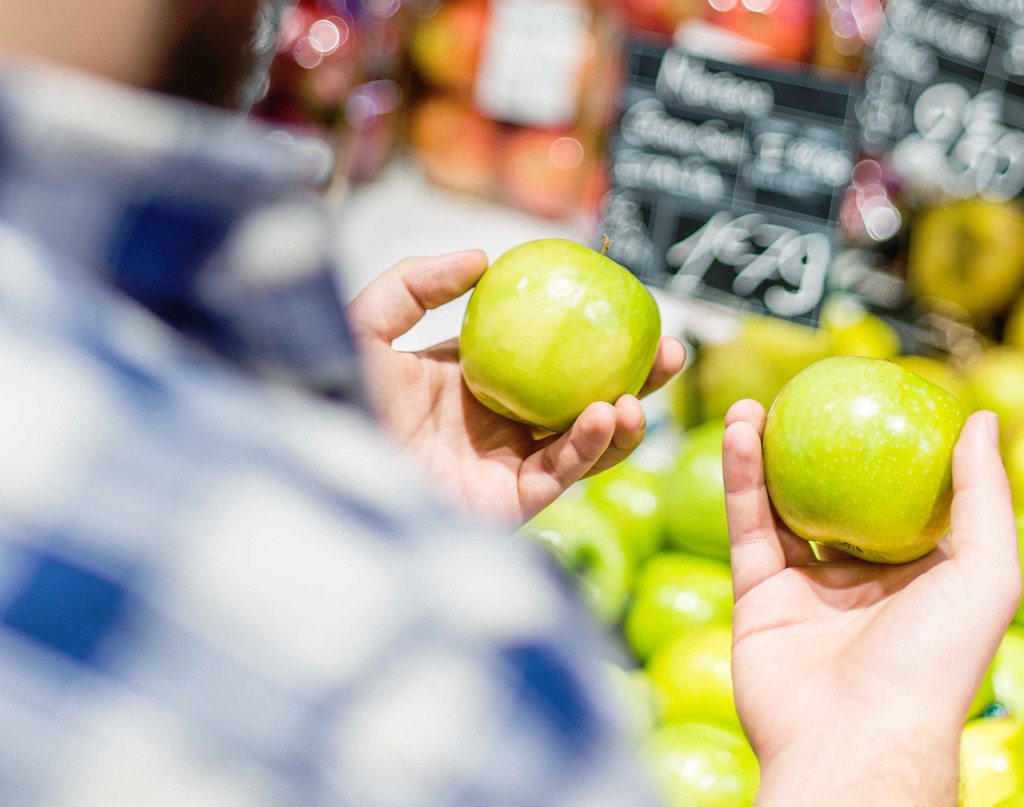In this country, 100,000 baby boomers will turn 65 every day until 2030. And one in every 12 of them will struggle with hunger. That’s according to a new report out this week from Feeding America, a nationwide network of more than 200 food banks, and the National Foundation to End Senior Hunger.
The report, based on research by Dr. James P. Ziliak and Dr. Craig G. Gundersen, from the University of Kentucky Center for Poverty Research and Iowa State University, looked at food insecurity among seniors aged 60 and older in 2015, as well as trends over the previous decade. The researchers also used demographic information to better understand how different segments of the senior population are impacted by hunger.
What they found was this: in 2015, more than 5 million seniors were “food insecure” (the USDA’s measure of lack of access to enough food to remain healthy and active, or limited or uncertain availability of nutritionally adequate foods)—a number more than double what it had been 14 years earlier, in 2001. And just over 4 million more seniors experienced marginal food security.
It won’t come as a surprise to learn that seniors who were living at or near the Federal Poverty Level (FPL) during the 2008-09 recession are still struggling to recover. The FPL is a measure of income updated annually by the Census Bureau and used to estimate eligibility for certain federal programs like the Supplemental Nutrition Assistance Program (SNAP, formerly “food stamps”). In 2015, that number sat at $24,250 for a family of four.
But the report did find something slightly unexpected. The majority of seniors facing the threat of hunger have incomes above the poverty line—nearly 2 in 3, in fact. And as for who is most at risk and where they live, those findings are also interesting. While African-Americans are at greater risk of food insecurity than whites, this report shows that almost 3 in 4 seniors facing the threat of hunger are white. And they live in largely southern states. Of the top ten states in terms of the threat of senior hunger, Mississippi, Louisiana, North Carolina, South Carolina, and Arkansas make up the top five.
But here’s a paradox: While more than 9 million of our nation’s elders are facing hunger on some level of severity, only 41 percent of eligible seniors are actually enrolled in SNAP, as compared to 83 percent in the eligible general population. Feeding America calls this phenomenon the “Senior SNAP Gap.” The average SNAP benefit for a senior is $110 a month. And the hurdles facing elders in accessing food assistance are many. Among them, complex and time-consuming benefits applications and long distances to enrollment sites.
“We know that older adults face unique challenges when applying for SNAP benefits. Many are also reticent to ask for help of any kind,” said Diana Aviv, CEO of Feeding America, in a 2016 press release about the SNAP Gap. The 2018 farm bill presents an opportunity to strengthen SNAP for seniors, primarily by modifying the enrollment process. But it may also be up to individual states to educate elders on nutrition programs available to them at the local level.
While our chances of experiencing food insecurity decline with age (due in part to physiological changes that result in loss of appetite), so too does our capacity to protect ourselves from it. And with the number of food-insecure seniors projected to increase by 50 percent when the youngest of the baby boomer generation reaches age 60 in 2025, the wisest among us are profoundly at risk.
